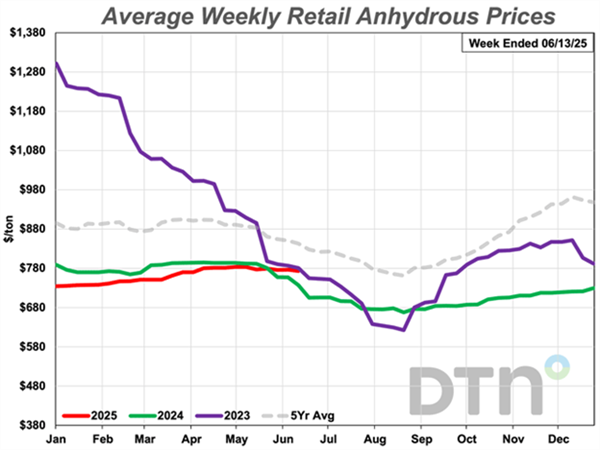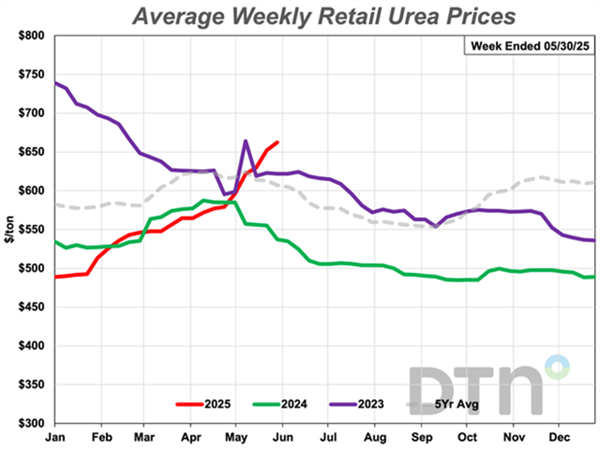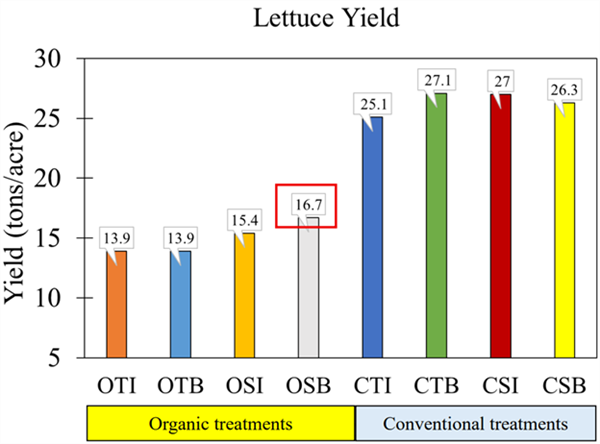-
Apr 30, 2025Action Threshold for Desert Produce Crops
Many of you are aware of, or are using the recent PrimusGFS v3.2 Module 9 - IPM Practices that have been adopted by many growers. They require PCAs to document their IPM practices when scouting fields and making IPM decisions. One of the main requirements for compliance of the plans is to have a though understanding and use of Action thresholds (AT) in making management decisions. To assist PCAs with this, I have developed an Extension publication that defines ATs and includes ATs for the major pests found in leafy vegetables and brassica crops. This publication can be found at this link: Action Thresholds for Desert Produce Crops.
In produce crops, insecticides play an essential role in preventing crop losses and satisfying market demands for cosmetically clean and insect free produce. However, insecticides should only be applied when necessary. When commonly used cultural, physical, and biological control practices fail to adequately protect the crop, an insecticide application is required. Application timing should be based on a locally developed Action Threshold. The AT is a decision-making tool that triggers a control action (i.e., insecticide application) when the insect density or damage on the crop approaches a level known to reduce yields or quality. Once the AT is reached or exceeded, an insecticide should be applied as soon as possible to prevent economic losses. In desert produce there are three types of ATs commonly used:
Prevention: This approach recommends a prophylactic application against a pest that is known to immediately infest or damage the crop upon seedling emergence during stand establishment. Experience has shown that preventative insecticide applications against these pests can quickly prevent unnecessary stand or yield losses. Preventative applications often reduce overall foliar insecticide use. An example would be the use of imidacloprid applied at planting for whiteflies or aphids.
Nominal Action Threshold: The most common thresholds for foliar insecticide use in leafy vegetables are based on expert opinion and the best available evidence on potential for economic harm. These ATs are based on quantitative insect density or damage levels, are developed by experienced Extension entomologists through field research and experience. The ATs in this document were developed and refined over the past 30 years from research conducted at the Yuma Agricultural Center. An example AT would be to treat for bagrada bug when >5% of plants have fresh feeding damage on cotyledons or leaves.
Zero-Threshold: When insect contamination at harvest is not tolerated by produce shippers or buyers, a prophylactic spray just prior to harvest can be applied to eliminate insect contaminates (trash bugs) from infesting the marketable portions of the crop.
Finally, a good scouting program is essential in Leafy Vegetable IPM. Scouting is all about making informed management decisions. Frequently sampling plants in the field allows PCAs to determine the level of insect infestation or plant damage occurring, and if the AT has been reached or exceeded. Sampling also allows PCAs to avoid unnecessary spraying.
For more information see: Action Thresholds for Desert Produce Crops.
To contact John Palumbo go to: jpalumbo@ag.Arizona.edu














